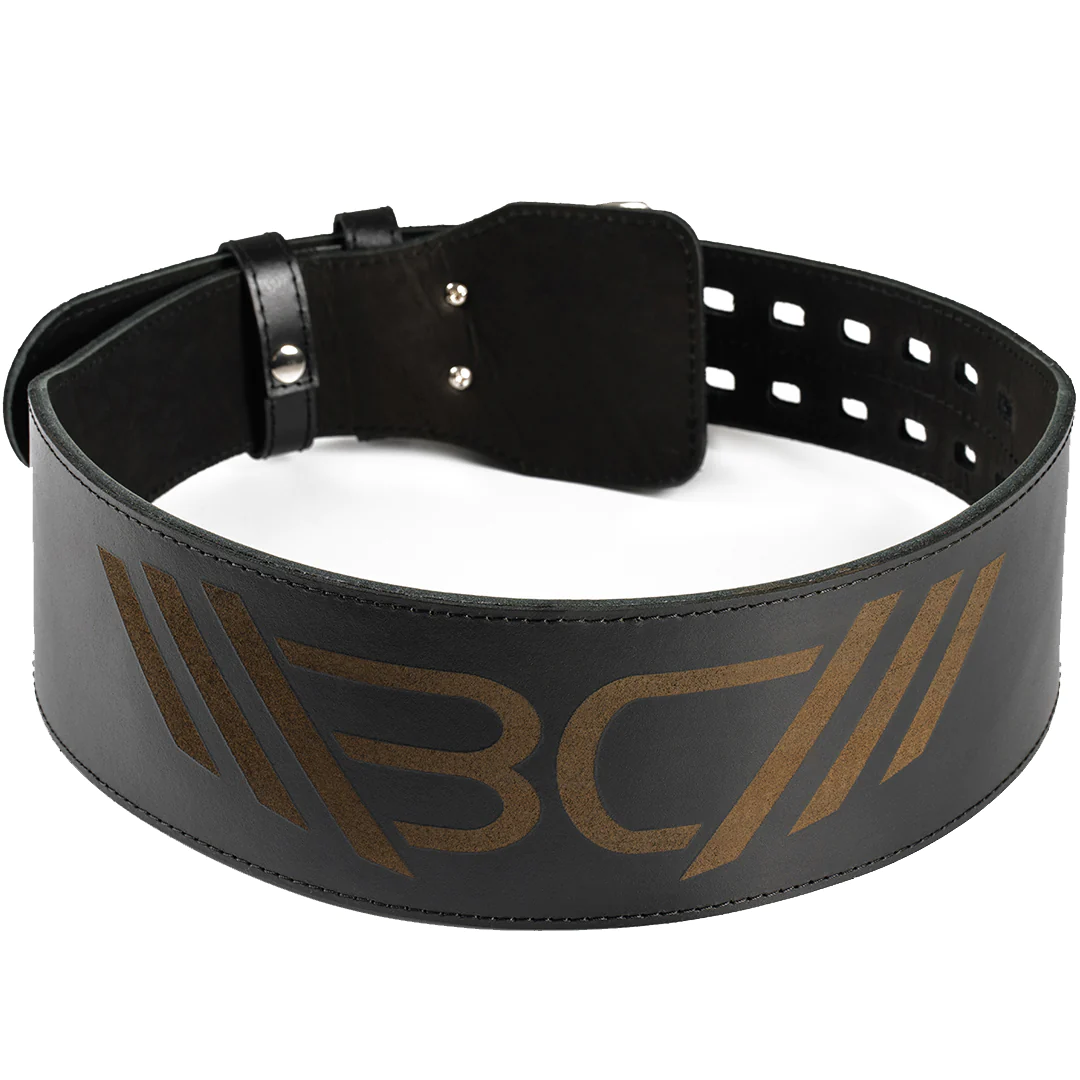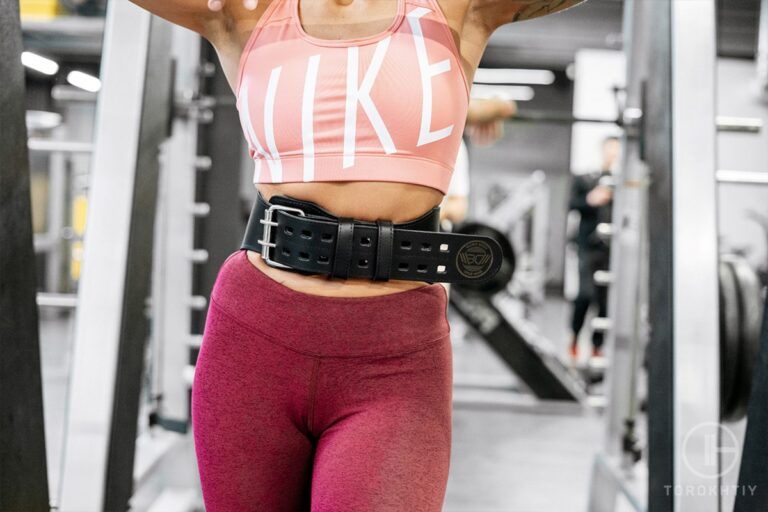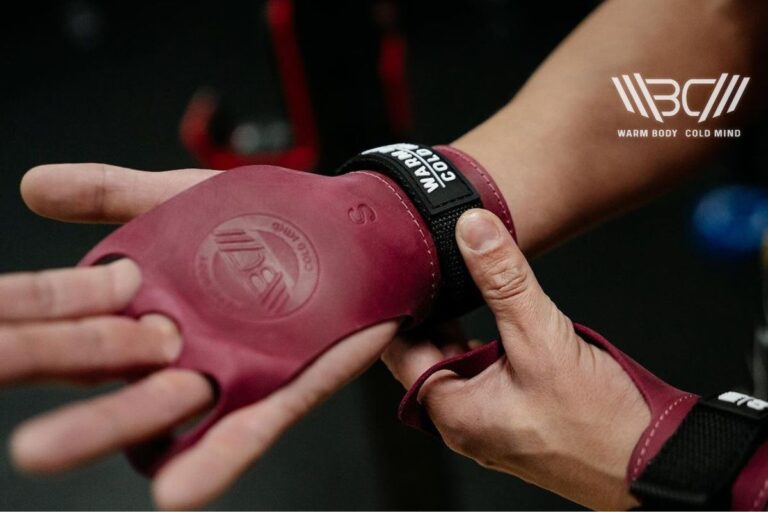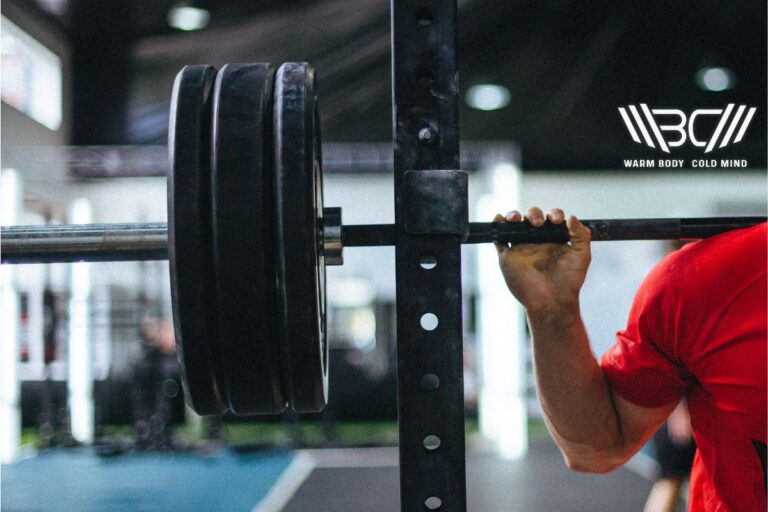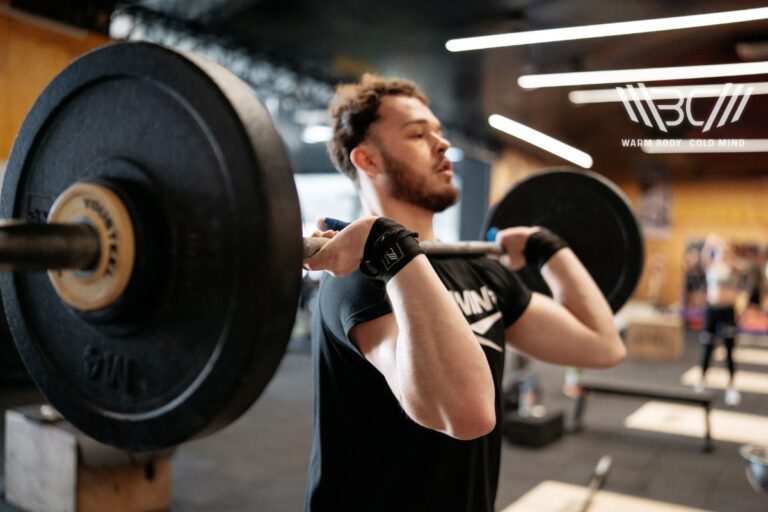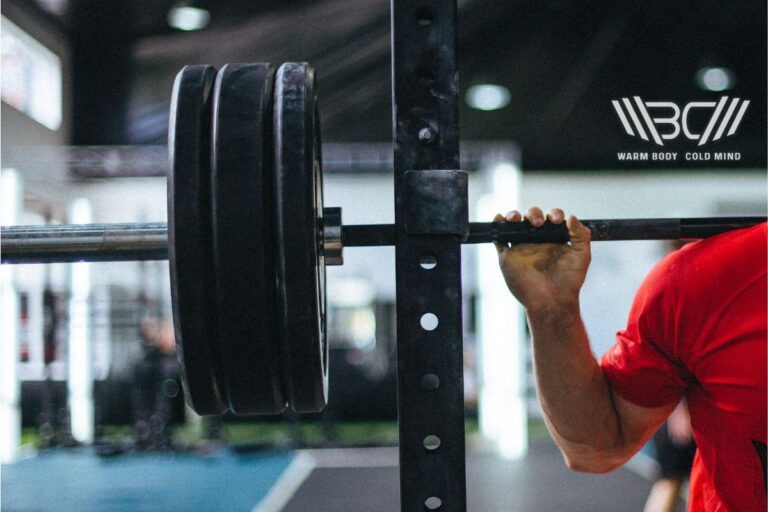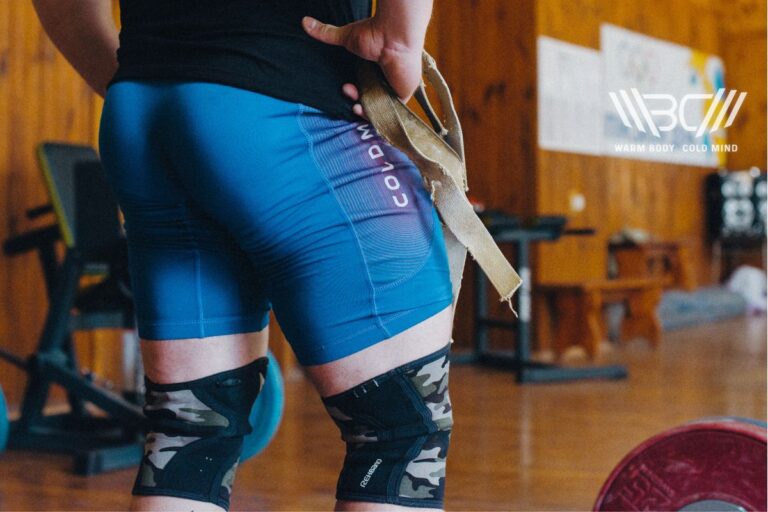How To Brace For Squat? Key Steps and Common Bracing Mistakes
Reviewed by Jacek Szymanowski
Learning how to brace for squat sessions is knowledge you can carry forward into various aspects of your weight training journey. The correct bracing technique can better help you stabilize your trunk so you can produce powerful squats with a strong and stable core, but there’s a lot to learn about squat bracing!
So, let’s find out more about correct bracing.
When learning how to brace for squat exercises, the goal is increasing the pressure within the core. This is done by deeply inhaling and maintaining the breath through each repetition. The stomach and lower ribs expand, and when paired with bracing the core, the result is correct breathing during squats.
Cues such as ‘inhale on the way down and exhale on the way up’ are widely used and can still be helpful, but for bigger lifts such as heavier squats, it’s best to learn brace breathing so you can achieve a strong, stable, engaged core to support you through the lift.
Why Is Correct Bracing Important For Squats?
By learning the correct breathing during squats, where you can deeply inhale into your stomach and pair it with bracing of the core, the IAP (intra-abdominal pressure) can be increased. A study found pairing abdominal bracing with spine stabilization exercises can have a positive effect on lumbar stability, increasing IAP and improving chronic lower back pain symptoms.
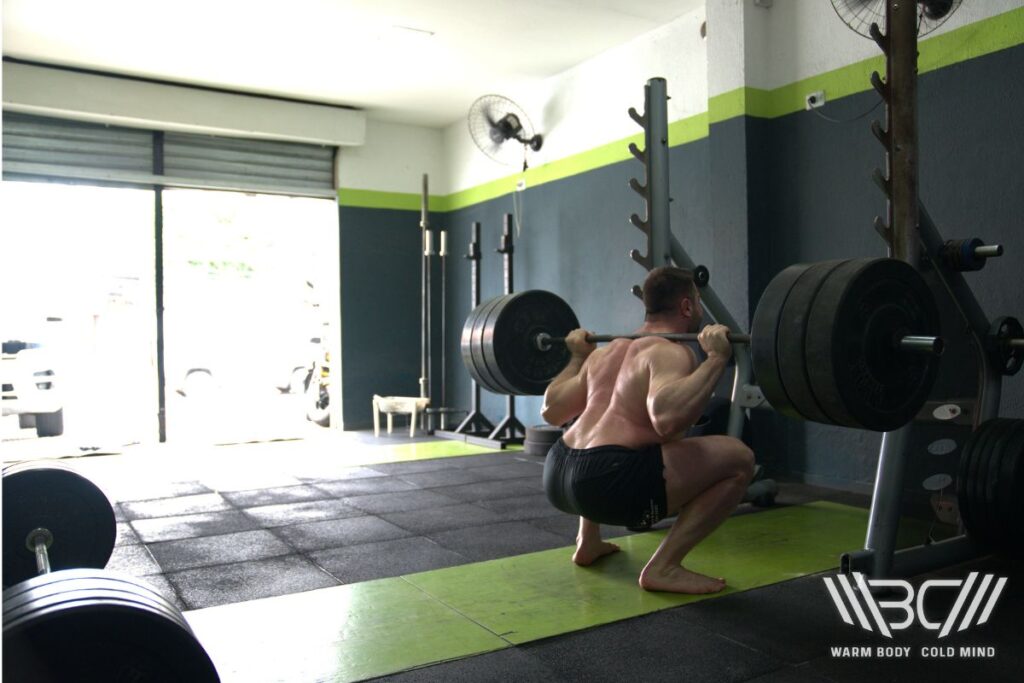
After taking a deep breath into the stomach, the abdominals need to then be braced. Think of this action as preparing your stomach to take a punch; the core muscles engage, and this is part of the reason for an increase in IAP, creating a stable trunk.
This is important for squats as substantial pressure is put on the body during the exercise, and the above study found the action of abdominal bracing to increase the external load and ensure proper squat mechanics. This is due to limited pelvic and spinal movement, thus leading to a safer lift and improved performance when looking at 1RM squats.
Benefits of Correct Bracing For Squats:
✅ Increases IAP
✅ Limited pelvic and spinal movement
✅ Results in improved performance
✅ Provides enhanced core stability
Breathing in this way is known as the Valsalva Maneuver, where a deep belly breath is held during the entire repetition of a lift, with the force exerted against a closed glottis until the rep is completed. By preventing air from escaping, core stability is improved with the Valsalva Maneuver, due to the increase in IAP, which can help lifters achieve heavier squats and correct squat bracing.
How To Properly Brace For A Squat?
Learning how to brace core for squat exercises is vital for a strong and stable center, able to support the body and protect the spine during the movement. Performing the Valsalva Maneuver, especially during heavier lifts, can be beneficial in producing a safe lift where the trunk is stabilized throughout each repetition.
Some risks can be present with performing this technique and studies have shown caution should be taken with lifters with pre-existing coronary artery disease, valvular disease, or congenital heart disease due to increased blood pressure.
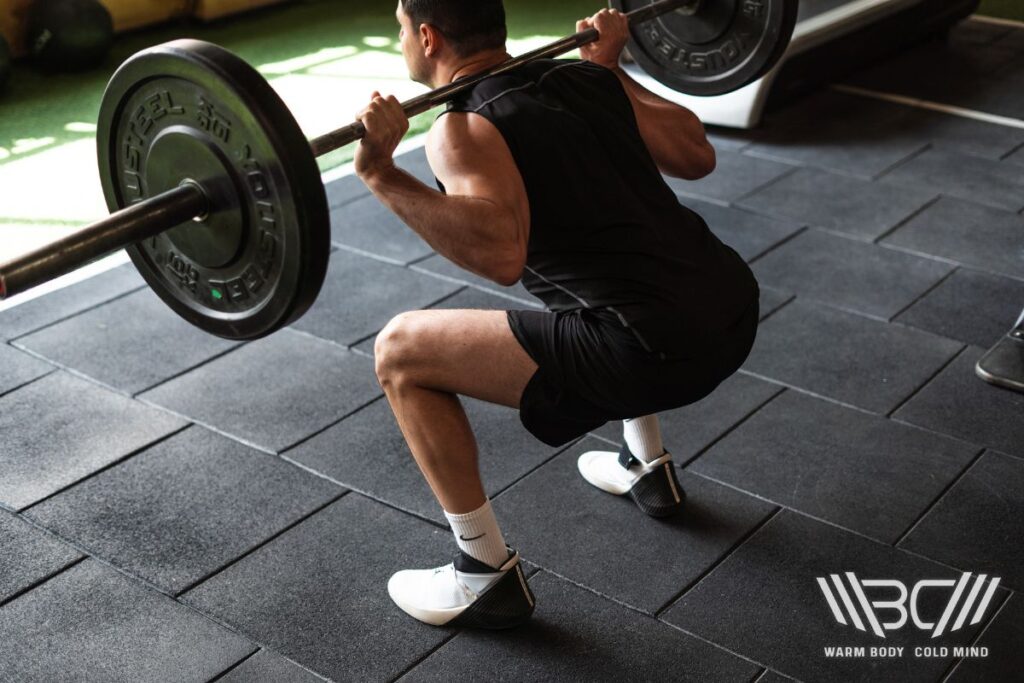
Step 1: Take Deep Inhale Into Stomach
One of the goals of lifting cues is to make mind-to-muscle connections so the correct parts of your body are engaged in preparation to lift. The first step for squat bracing is to take a deep inhale into the stomach. You don’t want the inhale to sit in your chest.
The goal is to take air into the stomach, allowing it to become full with 360° expansion. Imagine your stomach expanding outwards, surrounding your core, rather than just pushing the belly out to the front.
Our WBCM leather weightlifting belt can benefit your squat training by providing additional support during heavy lifts, so you can surpass your goals and reach new PBs. The solid weightlifting belt fits securely around the body and can provide additional trunk support through increased IAP.

Enhance your strength training with Warm Body Cold Mind leather weightlifting belt providing exceptional support and durability.
Step 2: Expand Stomach Laterally and Brace
Once you’ve taken a deep breath into the stomach, you’re ready to brace your core. Keep the air in your stomach, limiting pressure in the head, and brace your core as though you’re about to be punched.
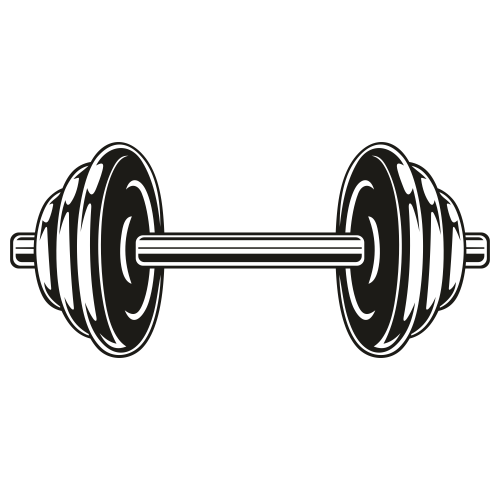
Pro Tip:
This will help you engage the key muscles of the core, and when paired with a deep stomach breath, IAP can be increased. Maintain the tension in your core, allowing the ribs to remain in line with the hips, providing a strong foundation for squatting.

Discover the strength of the Warm Body Cold Mind nylon lifting belt. Lightweight and durable, it provides optimal support for your workouts.
Step 3: Hold Breath For Full Repetition
To keep the abdominal pressure for the entire repetition, it’s effective to use the Valsalva Maneuver to help minimize loss of air. The aim is to keep the pressure in the core high until the rep is completed with the duration of the breath hold only being a few seconds for maximum safety.
Although broken down into a few steps, this squat bracing technique should only last for a few seconds, until the rep is completed. When looking at each cue separately, it can seem as though achieving the correct breathing during squats will take considerable time.
With practice, however, these cues will become second nature. You’ll be able to take a deep stomach breath, brace your core, and use the Valsalva Maneuver effectively and efficiently whilst also limiting the risk of injury from squats by having a strong core.
Subscribe!
Get useful tips, expert insights, and in-depth analysis of training programs & nutrition plans to get the most out of your performance.
3 Common Squat Bracing Mistakes and How To Fix Them
Achieving correct brace breathing can take time to master, but once you’ve conquered the technique, you will be able to properly stabilize and engage your trunk through lifts such as squats, deadlifts, and bench press. Being aware of common bracing mistakes will help guide you to reach the right squat technique and avoid performing squats with these problems in the future.
1. Exhaling On Ascent and Inhaling On Descent
A commonly used cue for breathing is to exhale on the ascent and inhale on the descent of a squat. This may be suitable for use when lifting lighter weights, but with heavier lifting, this isn’t the correct technique.
By achieving a proper stomach breath and bracing through the core, the trunk of the body remains stable, with the help of breath acting as support for the core. When this breath is released, IAP decreases, lowering core stability. Therefore, breath and core bracing should be held until the full repetition is completed.
2. Holding Breath in Chest Not Stomach
When taking a deep inhale into the stomach, you should feel it expand, with the goal of it not just expanding outwards, but all around your lower abdomen. It’s common to take a deep breath but only fill the chest and not allow the stomach to expand, however, this isn’t the goal for correctly breathing during squats.
When this happens, the IAP doesn’t increase optimally, and the correct pressure and brace cannot be achieved in the stomach. Therefore, aim for your inhale to fill your belly rather than your chest.
3. Holding Breath For Entire Squat
It can be tempting to hold onto your breath throughout a squat, but this isn’t a wise idea. Holding onto your breath for a prolonged period leads to a progressive increase in blood pressure. One of the symptoms of high blood pressure is dizziness, which is something you do not want to be feeling while completing a set of squats.
Instead, the breath can be released at the top squat position where the spinal load is optimal and you have the most control. The breath needs to be released with intention and force. Resetting your breath in the top squat position will allow you to keep a strong, engaged core, and lower the risks associated with holding onto your breath for a prolonged period.
Learning how to brace core for squat training is one thing, but knowing how to effectively transition the knowledge into your training sessions is another, and this can take time and practice.
Conclusion
Learning how to brace for squat movements can take time to master, but this technique ensures optimal IAP is reached, providing the trunk with the support and stability it needs to perform squats safely, efficiently, and effectively.
Key notes to remember are to breathe deeply into the stomach, engage your core by bracing as though preparing for impact, and reset your breath at the top of the squat where you have the most control and optimal spinal load.
How do you brace for squats? Do you use the Valsalva Maneuver? Let us know in the comments below!
References:
- Park, Han Soo MSc, Park, Si Won PhD, Oh, Jae-Keun OMD, PhD, “The Effect of adding abdominal bracing to spinal stabilization exercise on lumbar lordosis angle, extensor strength, pain, and function in patients with non-specific chronic low back pain. A prospective randomized pilot study”, Sports Medicine Laboratory, Korea National Sports University, https://journals.lww.com/md-journal/fulltext/2023/10130/effect_of_adding_abdominal_bracing_to_spinal.23.aspx (Accessed April 13 2024).
- Park, Han Soo MSc, Park, Si Won PhD, Oh, Jae-Keun OMD, PhD, “The Effect of adding abdominal bracing to spinal stabilization exercise on lumbar lordosis angle, extensor strength, pain, and function in patients with non-specific chronic low back pain. A prospective randomized pilot study”, Sports Medicine Laboratory, Korea National Sports University, https://journals.lww.com/md-journal/fulltext/2023/10130/effect_of_adding_abdominal_bracing_to_spinal.23.aspx (Accessed April 13 2024).
- Hackett, Daniel A; Chow, Chin-Moi, “The Valsalva Maneuver: Its Effect on Intra-abdominal Pressure and Safety Issues During Resistance Exercise”, The Journal of Strength and Conditioning Research, https://journals.lww.com/nsca-jscr/fulltext/2013/08000/the_valsalva_maneuver__its_effect_on.39.aspx# (Accessed April 13 2024).
- Shival Srivastav; Radia T. Jamil; Roman Zeltser, “Valsalva Maneuver”, National Center For Biotechnology Information, https://www.ncbi.nlm.nih.gov/books/NBK537248/ (Accessed April 13 2024).
- J E Lander, R L Simonton, J K Giacobbe, “The effectiveness of weight-belts during the squat exercise”, National Center For Biotechnology Information, https://pubmed.ncbi.nlm.nih.gov/2304406/ (Accessed April 13 2024).
- Victor Bengtsson, Lars Berglund, Ulrika Aasa, “Narrative review of injuries in powerlifting with special reference to their association to the squat, bench press and deadlift”, National Center For Biotechnology Information, https://www.ncbi.nlm.nih.gov/pmc/articles/PMC6059276/ (Accessed April 13 2024).
- M J Parkes, MA, DPhil, S Green, MSc, PhD, A M Stevens, MRCP, FRCR, and T H Clutton-Brock, MRCP, FRCR, “Assessing and ensuring patient safety during breath-holding for radiotherapy”, National Center For Biotechnology Information, https://www.ncbi.nlm.nih.gov/pmc/articles/PMC4207152/# (Accessed April 22 2024).
- Photos are made by WBCM Media team.
Author: Sergii Putsov
PhD in Sport Science, Olympic weightlifting, Strength & Conditioning coach and fitness expert
Sergii Putsov is a professional weightlifter with over 20 years of experience and multiple national medals. He was a member of the National weightlifting team, competing in the 94 kg weight class. Sergii holds a master’s degree in Olympic & Professional Sport Training and a Ph.D. in Sport Science. After his athletic career, Sergii transitioned into coaching and is now responsible for designing training programs, writing blog articles, providing live commentary for international weightlifting competitions, and hosting sport and fitness seminars worldwide.
Reviewed by: Jacek Szymanowski
Performance architect, S&C movement specialist.
Jacek Szymanowski is a highly respected sports nutrition expert with a Master’s degree in Biotechnology. His innovative approach combines lifting and fighting strategies to help athletes optimize their performance. As a Strength and Conditioning Movement Specialist, he is dedicated to reducing injuries in athletes. His specialist training in Nutrition for Athletes equips him to provide expert advice on dietary habits and nutrition for peak performance.


